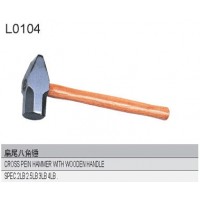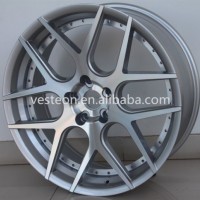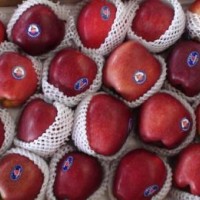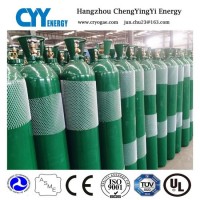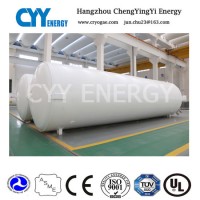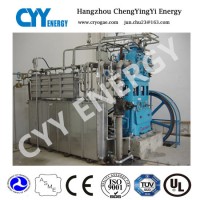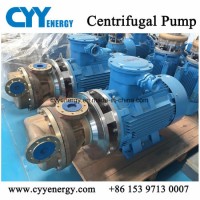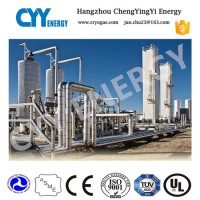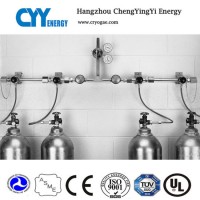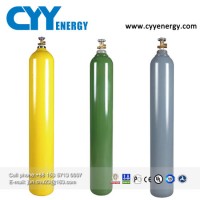Product Name: 2018 Argon Producing Plants/Cryogenic Air Separation Unit Model NO.: PL-1800 Condition: New Pressure: Low Pressure Extraction Tower Type: Fractionating Column Distillation Equipment Type: Steam Distillation Equipment Centrifuge Type: Tube Centrifuge Installation: Vertical Operating Type: Continuous Type Separation Mode: Rectification Object: Steel Mill, Electrical Products, Welding Type: Air Separation Plant Gas Source: Gas Air Separation: Cryogenic Production Purity: 99.999 Voltage: 380 V/50 Hz Lox Flow: 200y-80000y Trademark: CYY Transport Package: Export Packing, Wooden Packing, Plastic Packing Specification: ASME, GB, PED, CE Origin: China HS Code: 8413709990 Product Description 2018 Argon Producing Plants/Cryogenic Air Separation Unit Product Description:AIR SEPARATION PLANT SPECIFICATIOIN TABLEMODEL CONTENTSKDON-200Y/200YKDON-500Y/500YKDON-1000Y/1000YKDON-1500Y/1500YKDON-2000Y/2000YKDON-3000Y/3000YKDON-4500Y/2000Y*LOX flowNm3/h20050010001500200030004500LOX purity%(O2)99.699.699.699.699.699.699.6*LIN flowNm3/h20050010001500200030002000LIN purity%(N2)99.99999.99999.99999.99999.99999.99999.999*LAr flowNm3/h--25405595145LAr flow%(Ar)--99.99999.99999.99999.99999.999Star-up time(h)8~12~20~24~24~24~24~24Operating period(Y)≥1≥1≥2≥2≥2≥2≥2The ASU Plant produce Liquid Gas as the following Seven Steps:1.Before compression the air is pre-filtered of dust.2.Air is compressed where the final delivery pressure is determined by recoveries and the fluid state (gas or liquid) of the products. Typical pressures range between 5and 10 bar gauge. The air stream may also be compressed to different pressures to enhance the efficiency of the ASU. During compression water is condensed out in inter-stage coolers.3.The process air is generally passed through amolecular sieve bed, which removes any remaining water vapour, as well as carbon dioxide, which would freeze and plug the cryogenic equipment. Molecular sieves are often designed to remove any gaseous hydrocarbons from the air, since these can be aproblem in the subsequent air distillation that could lead to explosions. The molecular sieves bed must be regenerated. This is done by installing multiple units operating in alternating mode and using the dry coproduced waste gas to desorb the water.4.Process air is passed through an integrated heat exchanger (usually aplate fin heat exchanger) and cooled against product (and waste) cryogenic streams. Part of the air liquefies to form aliquid that is enriched in oxygen. The remaining gas is richer in nitrogen and is distilled to almost pure nitrogen (typically <1ppm) in ahigh pressure (HP) distillation column. The condenser of this column requires refrigeration which is obtained from expanding the more oxygen rich stream further across avalve or through an Expander, (a reverse compressor).5 Alternatively the condenser may be cooled by interchanging heat with are boiler in alow pressure (LP) distillation column (operating at 1.21.3 bar abs. )when the ASU is producing pure oxygen. To minimize the compression cost the combined condenser/reboiler of the HP/LP columns must operate with atemperature difference of only 1-2 degrees Kelvin, requiring plate fin brazed aluminum heat exchangers. Typical oxygen purities range in from 97.5% to 99.5% and influences the maximum recovery of oxygen.The refrigeration required for producing liquid products is obtained using the JT effect in an expander which feeds compressed air directly to the low pressure column. Hence, acertain part of the air is not to be separated and must leave the low pressure column as awaste stream from its upper section.6 Because the boiling point of argon (87.3 Kat standard conditions) lies between that of oxygen (90.2 K) and nitrogen (77.4 K), argon builds up in the lower section of the low pressure column. When argon is produced, avapor side draw is taken from the low pressureColumn where the argon concentration is highest. It is sent to another column rectifying the Argon to the desired purity from which liquid is returned to the same location in the LP column. Use of modern structured packings which have very low pressure drops enable argon purities of less than 1ppm. Though argon is present in less to 1% of the incoming, the air argon column requires asignificant amount of energy due to the high reflux ratio required (about 30) in the Argon column. Cooling of the argon column can be supplied from cold expanded rich liquid or by liquid nitrogen.7 Finally the products produced in gas form are warmed against the incoming air to ambient temperatures. This requires acarefully crafted heat integration that must allow for robustness against disturbances (due to switch over of the molecular sieve beds). It may also require additional external refrigeration during start-up.Contact:Tel:+86 15397130007






